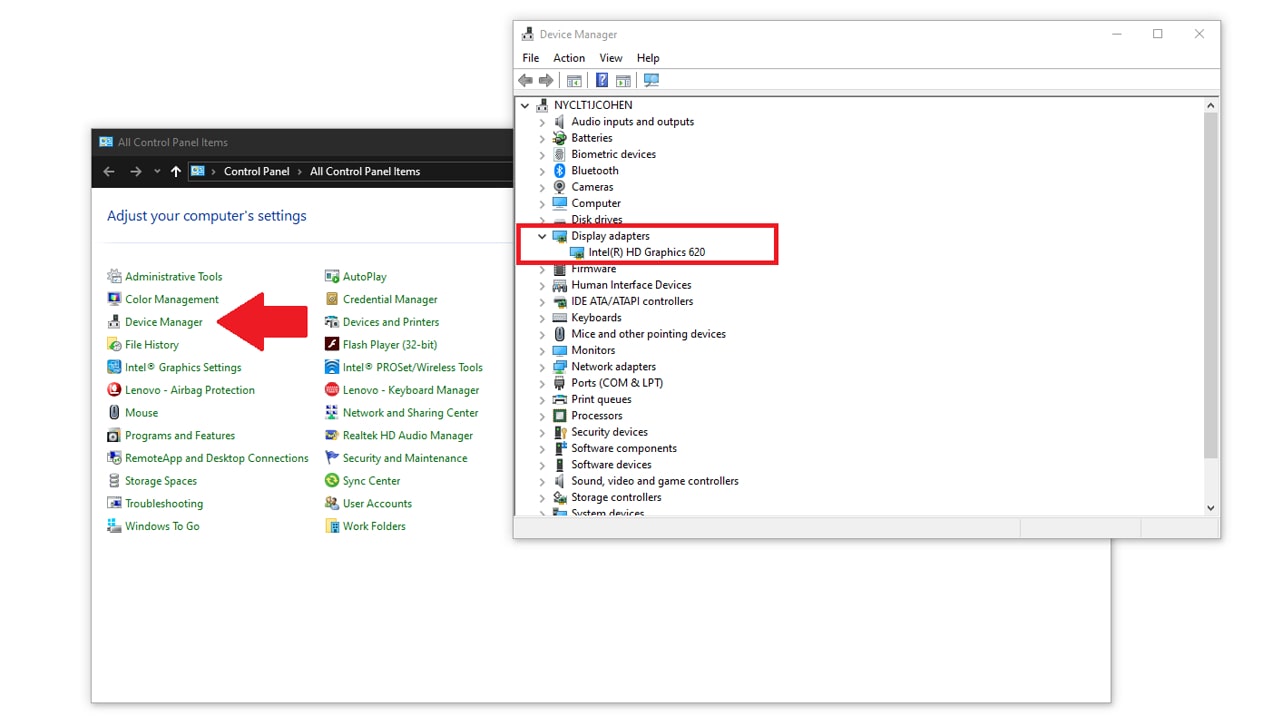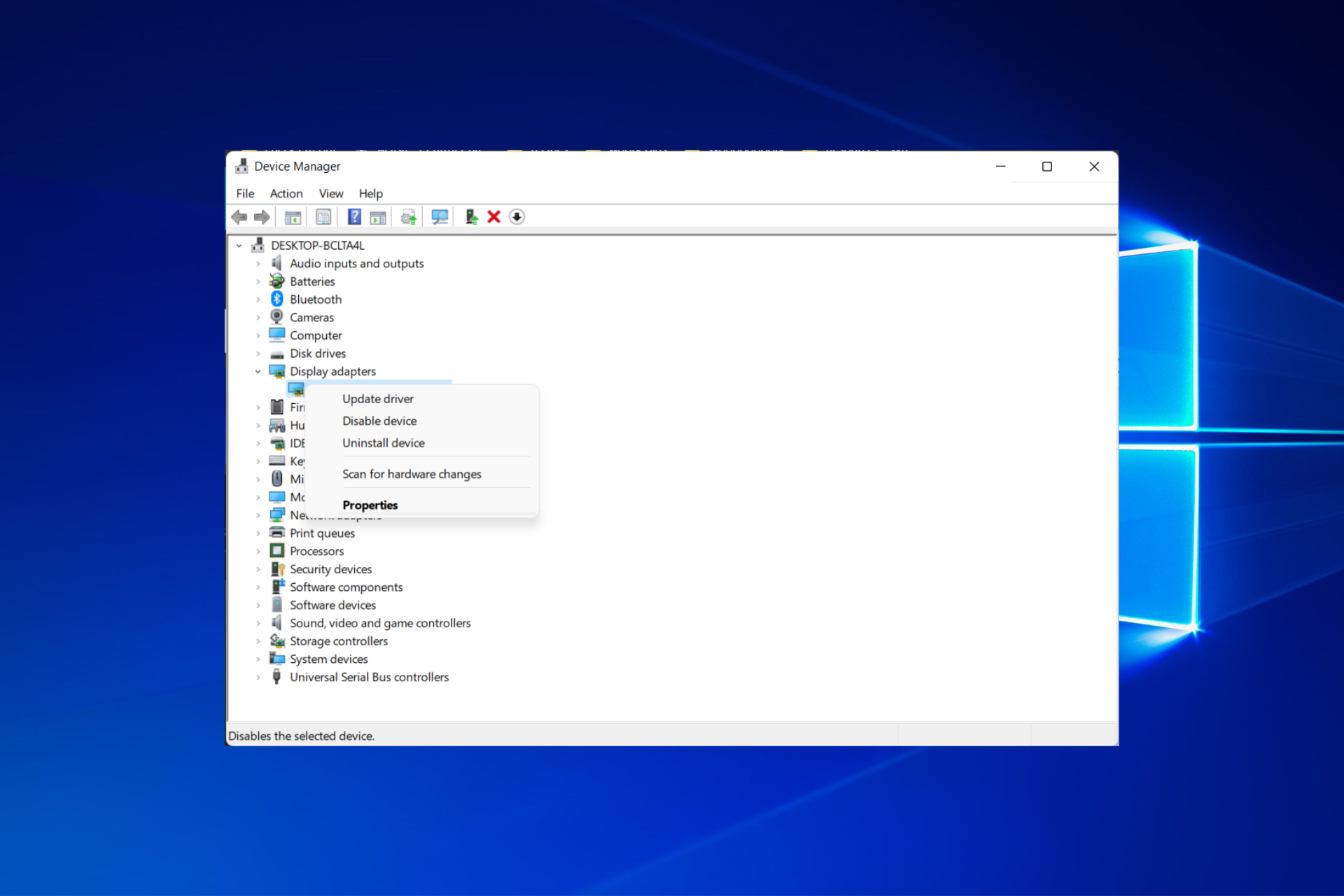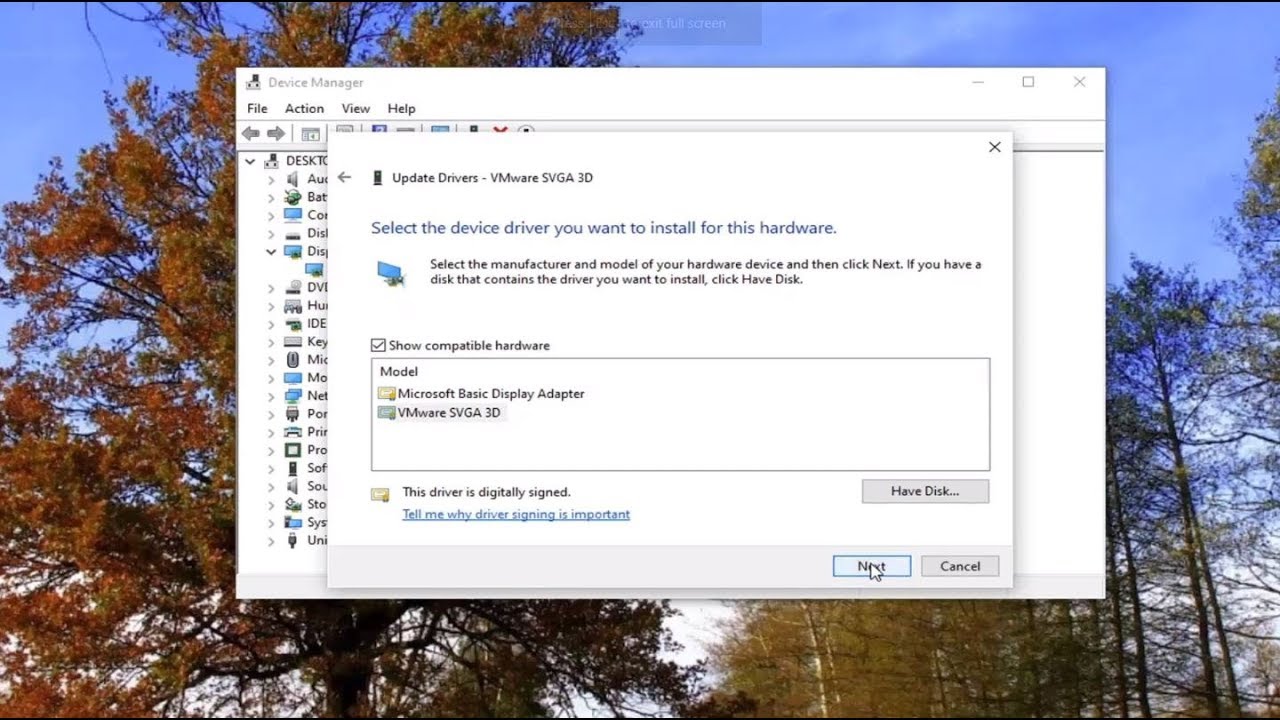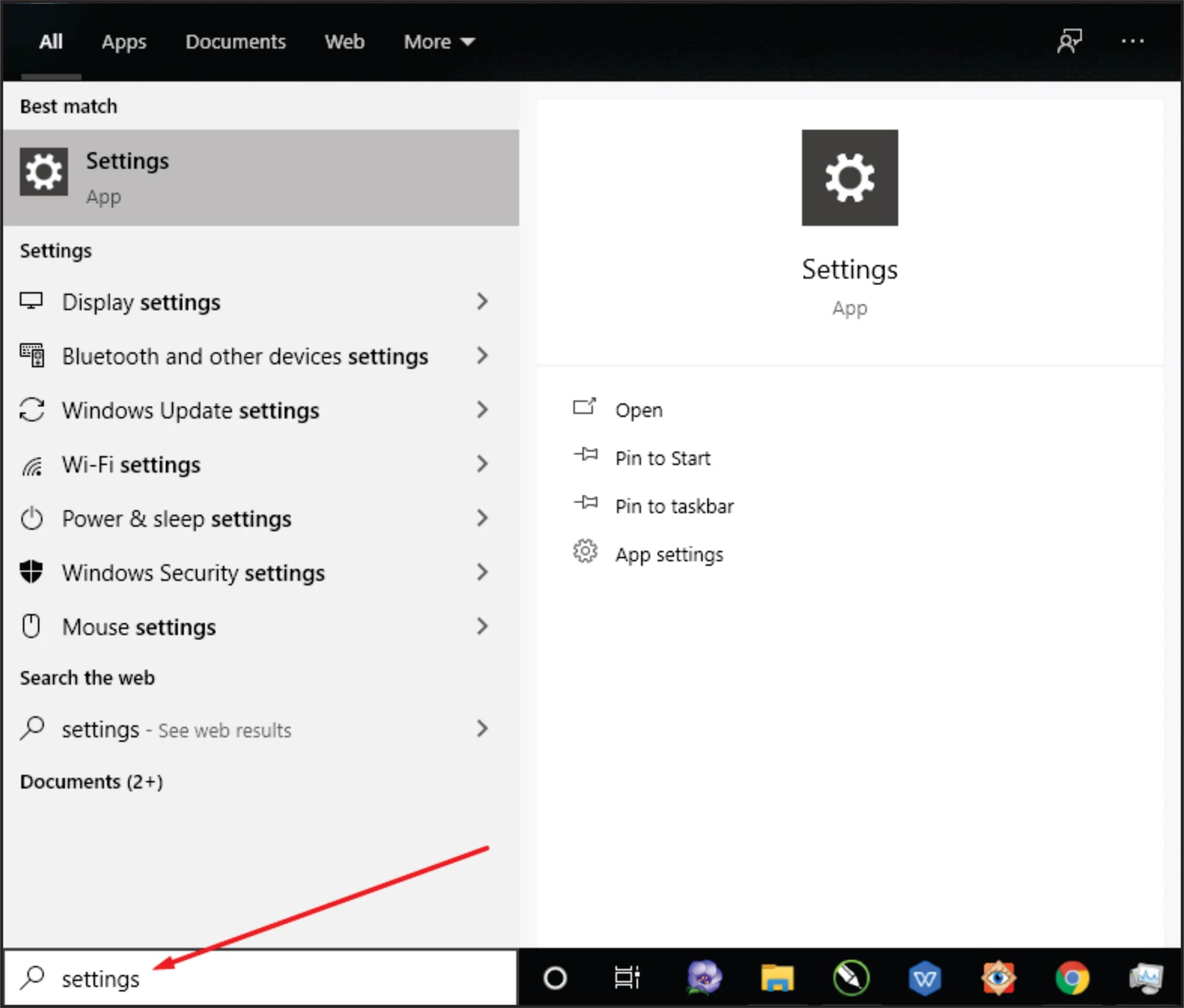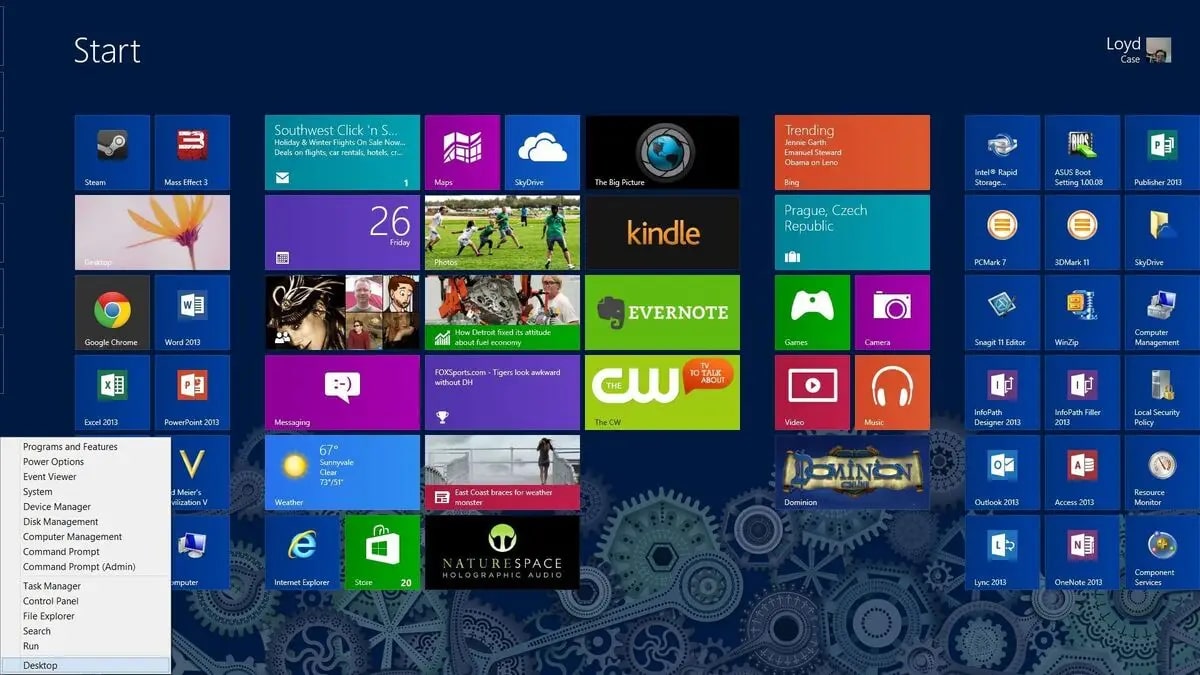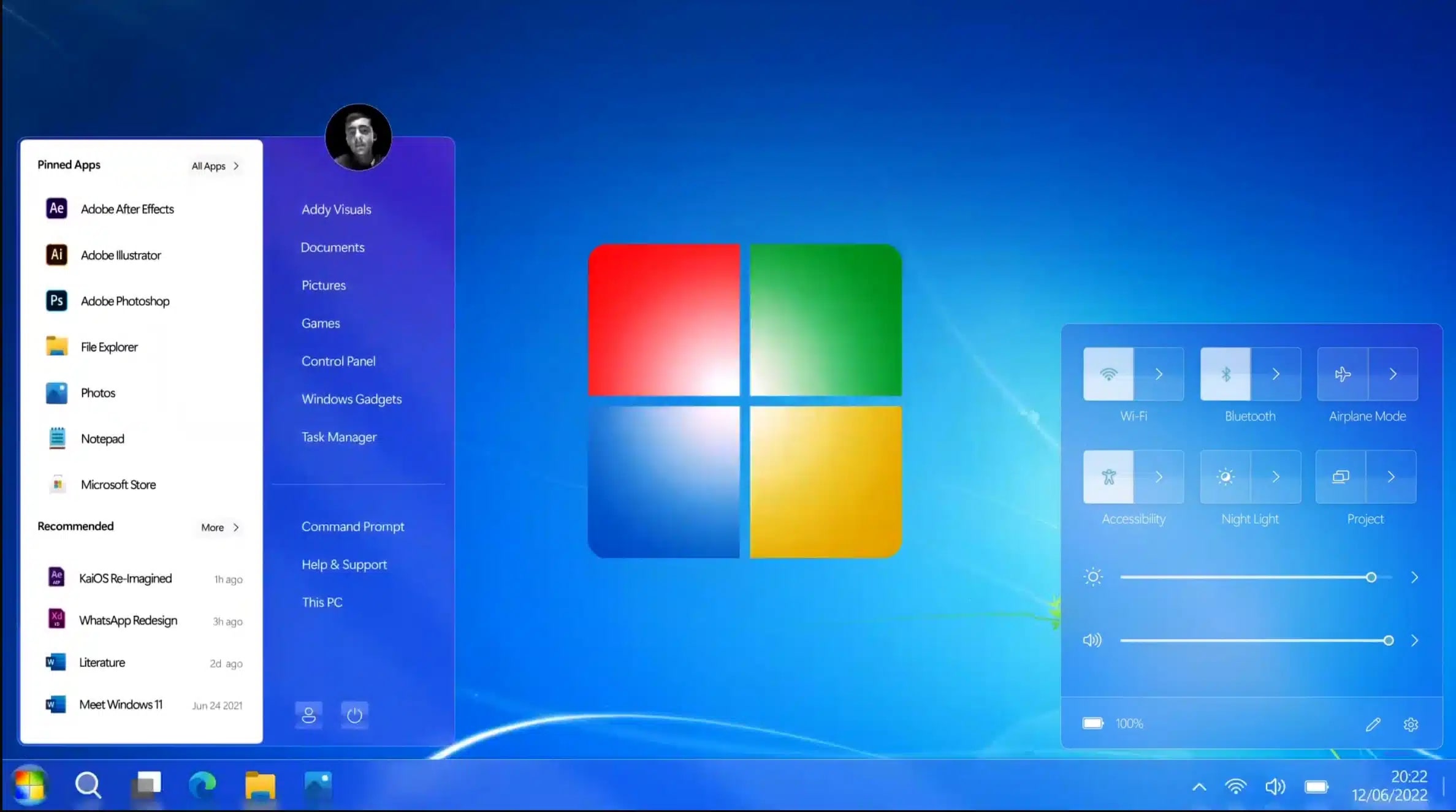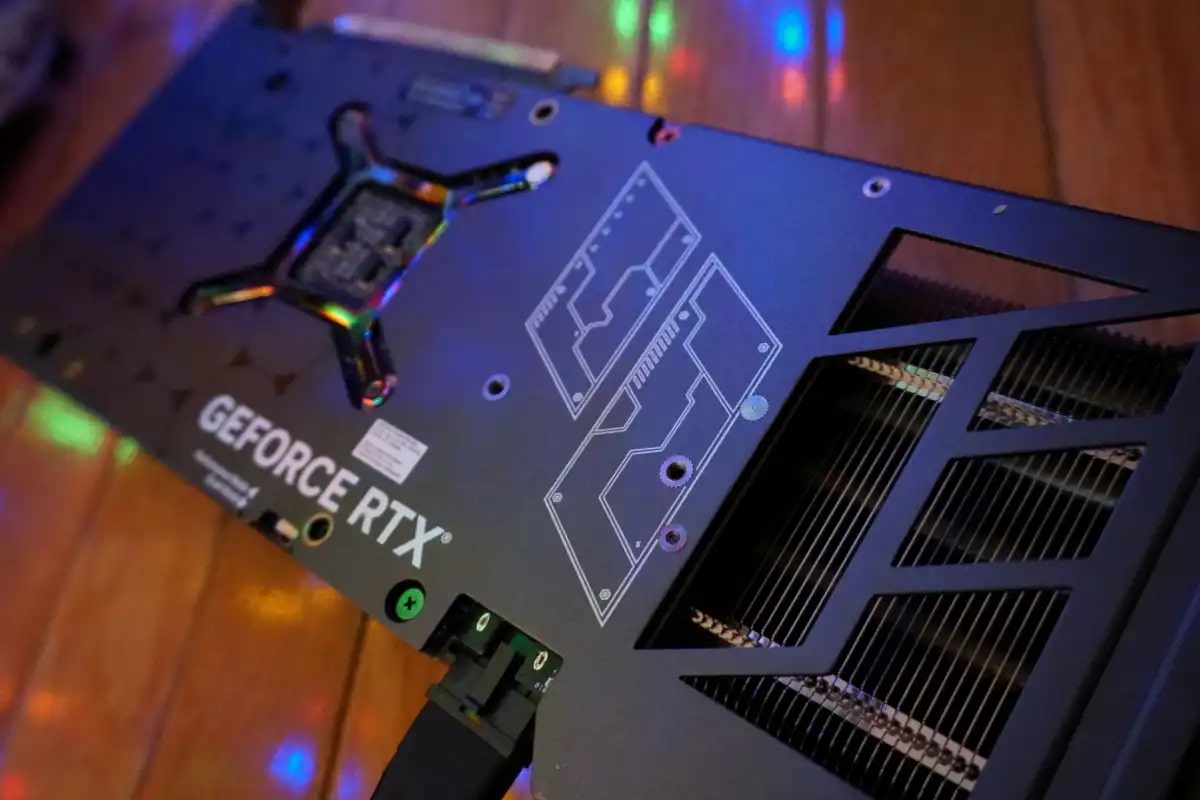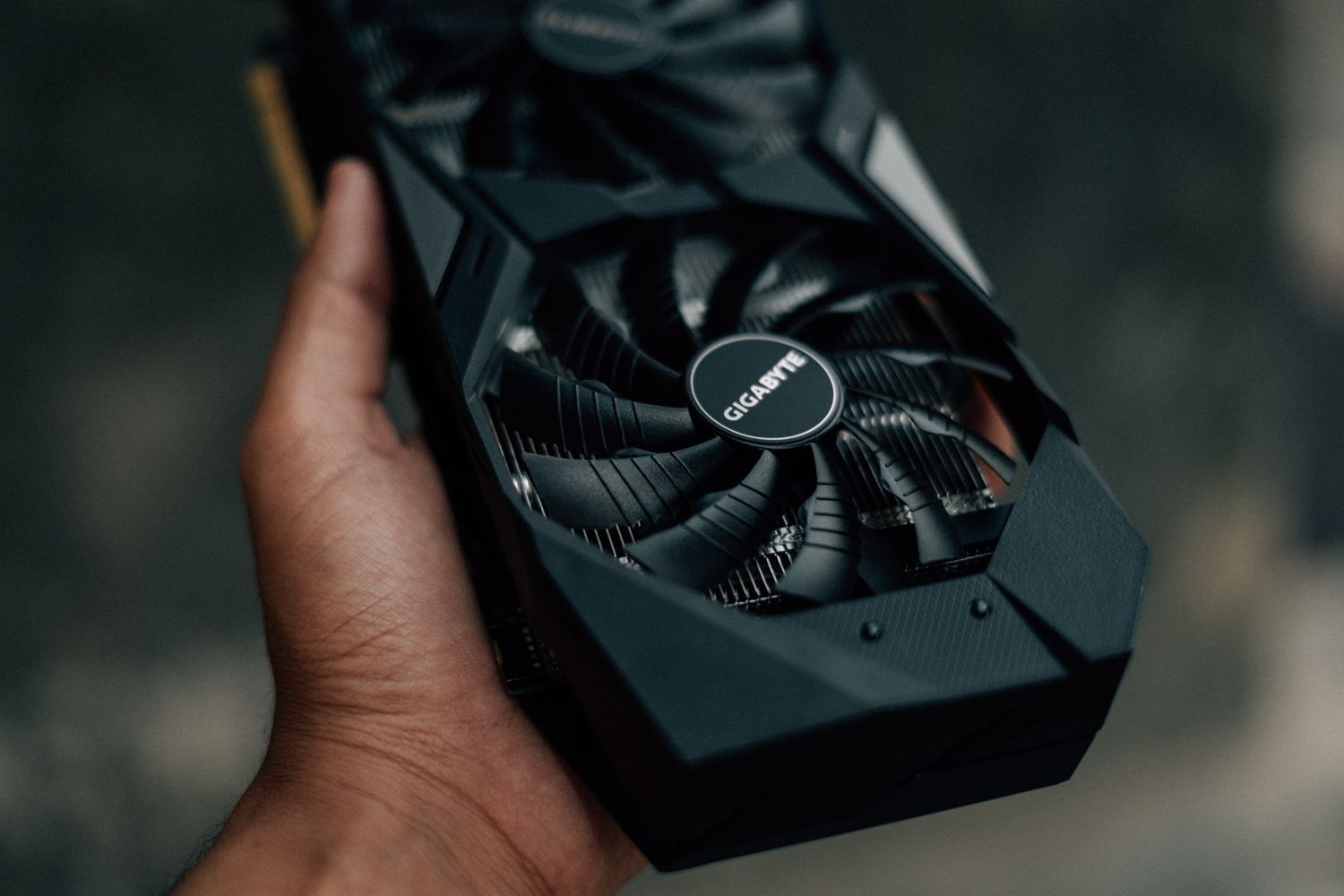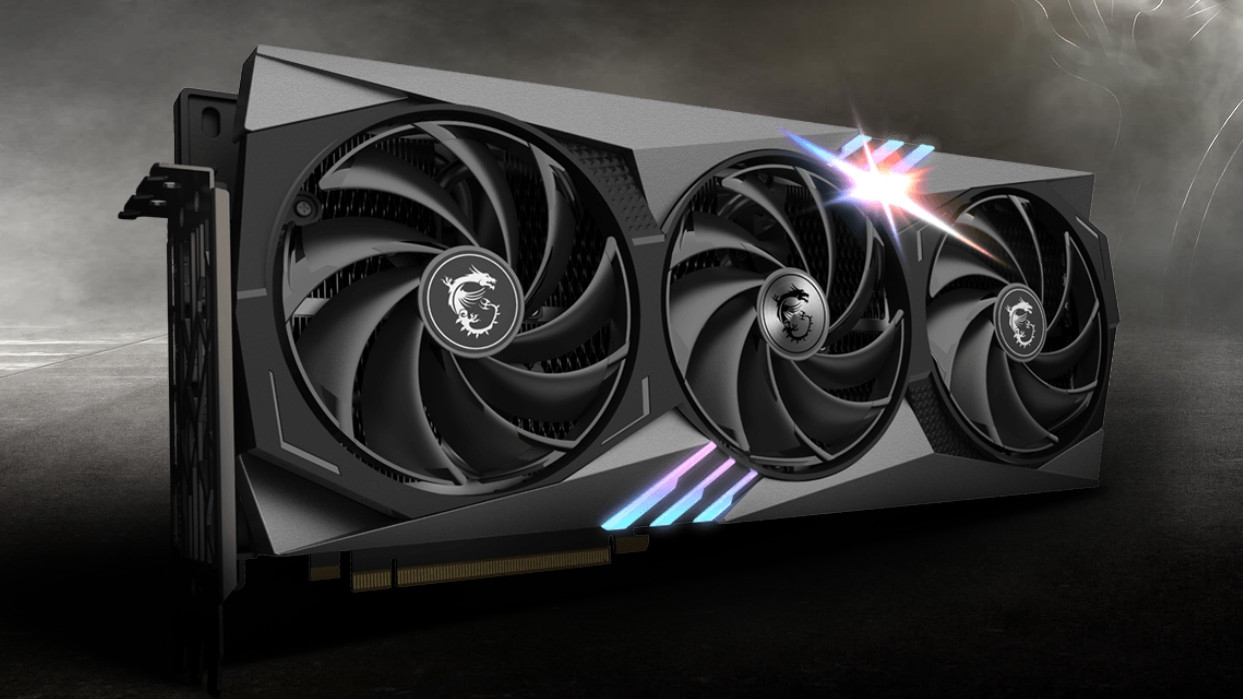Introduction
When it comes to getting the best performance and visual experience from your computer, having a dedicated graphics card is essential. Whether you’re a gamer, a video editor, or a graphic designer, having a powerful graphics card can make a world of difference in rendering high-quality images and handling resource-intensive tasks. But where exactly can you find your graphics card in your computer’s Device Manager?
In this article, we will guide you through the process of locating your graphics card in Device Manager. We’ll explain what Device Manager is and how to open it, and then show you the steps to find your graphics card within the Display Adapters category. Additionally, we’ll discuss how to check for graphics card updates and troubleshoot common graphics card issues.
By the end of this article, you’ll have a clear understanding of where to find your graphics card in Device Manager and be equipped with the necessary knowledge to ensure it is working optimally.
Understanding Device Manager
Before we dive into locating your graphics card, it’s important to understand what Device Manager is and how it functions. Device Manager is a built-in utility in Windows operating systems that provides a detailed view of the hardware devices installed on your computer. It allows you to manage and troubleshoot various devices, including the graphics card.
Device Manager presents an organized tree-like structure with different categories for different types of devices. Each category contains individual devices, and these devices can be expanded to reveal further details and options. By navigating through Device Manager, you can access information about system components, update drivers, disable or enable devices, and resolve hardware-related issues.
Moreover, Device Manager serves as a valuable tool for identifying any problematic devices within your computer. If you’re experiencing issues with your graphics card, you can use Device Manager to check for errors, conflicts, or outdated drivers, which can often be the root cause of graphic-related problems.
Having a good understanding of Device Manager is crucial for efficiently managing and troubleshooting your devices, including your graphics card. So, let’s move on to the next section to learn how to open Device Manager on your Windows computer.
Opening Device Manager
To locate your graphics card in Device Manager, you first need to open the utility. Fortunately, this can be done quite easily.
Here’s how to open Device Manager on your Windows computer:
- Press the Windows key on your keyboard or click the Start button located at the bottom left corner of the screen.
- In the search bar, type “Device Manager.”
- From the search results, click on “Device Manager” to launch the utility.
Alternatively, you can also open Device Manager by using the Run dialog box. Press the Windows key + R to open the Run dialog, then type “devmgmt.msc” and hit Enter. This will open Device Manager directly.
Once Device Manager is open, you will see a window displaying a list of hardware categories and corresponding devices. In the next section, we will guide you through the process of locating the Display Adapters category, which contains your graphics card information.
Locating the Display Adapters Category
Now that you have Device Manager open, it’s time to locate the Display Adapters category, which houses your graphics card information. Here’s how to find it:
- In Device Manager, look for the “Display adapters” category. It is usually located near the top of the list.
- Click on the small arrow next to “Display adapters” to expand the category.
By expanding the Display Adapters category, you will reveal the graphics card(s) installed on your computer.
Please note that if you have multiple graphics cards installed, they will all be listed under the Display Adapters category. Each graphics card will be displayed as a separate entry, indicating the manufacturer and model information.
If you cannot find the Display Adapters category in Device Manager, it’s possible that your computer does not have a dedicated graphics card. Some computers, especially laptops, may rely on integrated graphics, which are built into the motherboard rather than a separate graphics card.
Now that you have located the Display Adapters category and expanded it, you can proceed to the next section to identify the specific graphics card you have.
Expanding the Display Adapters Category
Once you have located the Display Adapters category in Device Manager, it’s time to expand it to reveal the specific graphics card(s) installed on your computer. Follow the steps below:
- Click on the small arrow next to the “Display adapters” category. This will expand the category, revealing the graphics card(s) present on your system.
After expanding the Display Adapters category, you will see one or more entries representing the graphics card(s) installed on your computer. Each entry will typically display the manufacturer and model of the graphics card.
It’s important to note that the name displayed for the graphics card may not explicitly state “graphics card.” Instead, you might see the name of the specific graphics card chipset or the name of the manufacturer followed by the model number. For example, you might see entries such as “NVIDIA GeForce GTX 1660 Ti” or “AMD Radeon RX 5700 XT.”
If you have multiple graphics cards installed, you will see multiple entries listed under the expanded Display Adapters category.
By expanding the Display Adapters category and identifying your specific graphics card, you have successfully located your graphics card in Device Manager. Now, let’s move on to the next section where we will discuss how to check for graphics card updates.
Identifying Your Graphics Card
After expanding the Display Adapters category in Device Manager, you can easily identify your graphics card by looking at the entries listed. Here’s how to do it:
- Look for the entry under the expanded Display Adapters category that corresponds to your graphics card.
- The entry will typically display the name of the graphics card chipset or the manufacturer and model number.
For example, if you have an NVIDIA graphics card, the entry may mention “NVIDIA” followed by the specific model, such as “GeForce GTX 1070.” If you have an AMD graphics card, the entry may mention “AMD” followed by the model number, such as “Radeon RX 580.
By identifying your graphics card, you will have the necessary information to install appropriate drivers, check for updates, or troubleshoot any issues specific to your graphics card.
Knowing the exact details of your graphics card is also helpful when researching compatibility with certain software or games. Some applications or games may have specific requirements or recommendations for graphics card models or capabilities.
It’s worth noting that the information displayed in Device Manager is not always the most up-to-date. To ensure that you have the latest drivers and updates for your graphics card, you may need to visit the manufacturer’s website or use specialized software that can automatically detect and install the latest drivers.
In the next section, we will explore how to check for graphics card updates to ensure that you have the latest software for optimal performance and compatibility.
Checking for Graphics Card Updates
Regularly updating your graphics card drivers is important to ensure optimal performance, stability, and compatibility with the latest software and games. Here is how you can check for graphics card updates:
- Identify the specific manufacturer and model of your graphics card by referring to the entry under the Display Adapters category in Device Manager.
- Visit the manufacturer’s official website. For example, if you have an NVIDIA graphics card, go to the NVIDIA website; if you have an AMD graphics card, go to the AMD website.
- Search for the support or drivers section on the manufacturer’s website.
- Within the support or drivers section, locate the page or tool that allows you to search for drivers based on your graphics card model.
- Download the latest driver for your graphics card.
- Follow the installation instructions provided by the manufacturer to install the updated driver.
Alternatively, you can use specialized software that can automatically detect and install the latest graphics card drivers for you. Some popular options include GeForce Experience for NVIDIA graphics cards and AMD Radeon Software for AMD graphics cards.
It is recommended to check for graphics card updates regularly, especially before installing new software or games that may have specific graphics card requirements or optimizations.
By keeping your graphics card drivers up to date, you can ensure that you are getting the most out of your graphics card and enjoy a smooth and enhanced visual experience on your computer. Now, let’s move on to the next section where we will discuss troubleshooting graphics card issues.
Troubleshooting Graphics Card Issues
While graphics cards are generally reliable, there may be instances where you encounter issues or problems. Here are some common graphics card issues and troubleshooting steps:
- Driver conflicts or outdated drivers: If you experience graphical glitches, crashes, or poor performance, it could be due to driver conflicts or outdated drivers. Try uninstalling the current driver and reinstalling the latest version from the manufacturer’s website.
- Overheating: Graphics cards can generate a significant amount of heat, and if not properly cooled, it can lead to performance issues or even system crashes. Ensure that your graphics card has adequate airflow and that its cooling fans are functioning properly.
- Incorrect graphics card settings: Check your graphics card settings within the manufacturer’s control panel software. Adjusting settings like resolution, refresh rate, or anti-aliasing can help resolve display-related issues.
- Hardware conflicts: In some cases, conflicts with other hardware components can cause graphics card problems. Try removing and reseating the graphics card, ensuring that it is properly connected to the motherboard.
- Power supply issues: Insufficient power supply to the graphics card can lead to instability or performance issues. Ensure that your power supply unit can provide enough wattage to support your graphics card.
If you have tried troubleshooting steps and continue to experience graphics card issues, it’s advisable to seek further assistance. You can visit the manufacturer’s support website, consult user forums, or contact customer support for additional guidance.
Remember, graphics card issues can sometimes be a symptom of larger hardware or software problems within your computer. If the issues persist and troubleshooting steps do not resolve them, it may be necessary to consult a professional technician or computer repair service for further diagnosis.
Troubleshooting graphics card problems can be challenging, but with the right approach, you can resolve many common issues and ensure smooth performance and optimal visuals on your computer.
Conclusion
Locating your graphics card in Device Manager is crucial for managing, updating, and troubleshooting graphics-related issues on your computer. By following the steps outlined in this article, you can easily find your graphics card within the Display Adapters category in Device Manager.
We started by understanding what Device Manager is and why it’s important for managing hardware devices. We then walked through the process of opening Device Manager and locating the Display Adapters category. By expanding this category, you can identify your specific graphics card(s) based on the manufacturer and model information provided.
Furthermore, we discussed the importance of checking for graphics card updates to ensure optimal performance and compatibility. You can either visit the manufacturer’s website or use specialized software to download and install the latest drivers for your graphics card.
Lastly, we touched upon common graphics card issues and troubleshooting steps. From driver conflicts and overheating to incorrect settings and hardware conflicts, addressing these issues can help resolve performance or display-related problems.
Remember to regularly update your graphics card drivers, keep an eye on graphical performance, and seek further assistance if you encounter persistent issues.
By understanding how to locate your graphics card and address potential issues, you can ensure that your computer is delivering the best possible graphics performance for your needs.







